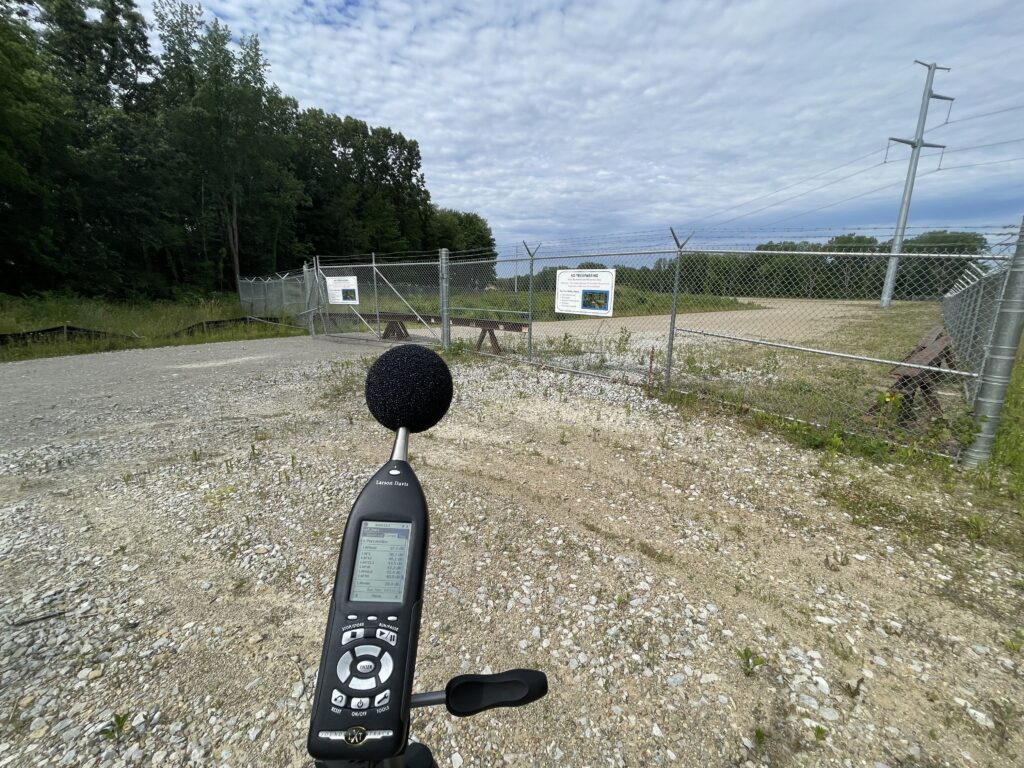Have you ever wondered how noise levels are measured around power plants? Today, we’ll delve into the fascinating world of noise measurement protocols used at a Power Station in Ireland.
The Importance of Noise Measurement
Noise pollution is a growing concern, and power plants can be significant contributors. By accurately measuring noise levels, we can:
- Ensure compliance with environmental regulations
- Develop strategies to minimize noise impact on surrounding communities
- Monitor the effectiveness of noise mitigation measures
The Measurement Team Assembles
Cerjan Acoustics, a specialist firm, and Morton Environmental are leading the noise measurement campaign at the plant in Ireland. Their team will be joined by staff from McHale and Associates, and even on-site personnel provided by the client. This collaborative approach ensures a comprehensive and accurate assessment.
Top-Notch Equipment for Precise Results
The team will be wielding high-tech tools for the job. Three ANSI Type I sound level meters, considered the industry standard for precision, will be used. To account for potential equipment malfunction, a backup meter is included. Wind speed, a crucial factor in noise measurement, will be monitored using a handheld wind monitor.
Meticulous Calibration Guarantees Accuracy
All the sound level meters will be meticulously calibrated. Not only will they have undergone factory calibration within the past year, but the team will also perform field calibrations before and after each measurement, ensuring the utmost accuracy.
Two Measurement Studies: A Multi-Faceted Approach
The project involves two distinct noise measurement studies:
- Nighttime Measurements: This intensive study will involve six simultaneous measurements conducted at night. These measurements will capture noise levels during various operational stages, including background noise, startup, shutdown, and baseload operation.
- Daytime and Evening Measurements: A second study will see Cerjan Acoustics, Morton Environmental, and McHale and Associates personnel collaborate at four different locations.
Understanding the Data: A Symphony of Metrics
The collected data will be a rich tapestry of noise level metrics. These include:
- A-weighted Leq: This metric represents the average sound energy level over a specific time period.
- Lmin, Lmax, L10, L50, and L90: These metrics provide a statistical distribution of noise levels, indicating the minimum, maximum, levels exceeded 10% and 50% of the time, and the level exceeded 90% of the time, respectively.
- 1/3 octave band Leq (flat weighted): This metric breaks down the noise spectrum into smaller frequency bands, allowing for a more detailed analysis of the specific sound frequencies.
Standards for Guidance: Ensuring Consistency
The noise measurement campaign will be guided by established standards, ensuring consistency and allowing for comparisons with past and future measurements. These standards will likely include guidelines set forth by organizations like the Environmental Protection Agency (EPA).
By following these comprehensive protocols, the noise measurement campaign at Shannonbridge Power Station will provide valuable data for responsible noise management, creating a quieter environment for the surrounding community.
thank you for letting me delve into the fascinating world of noise measurement protocols.





